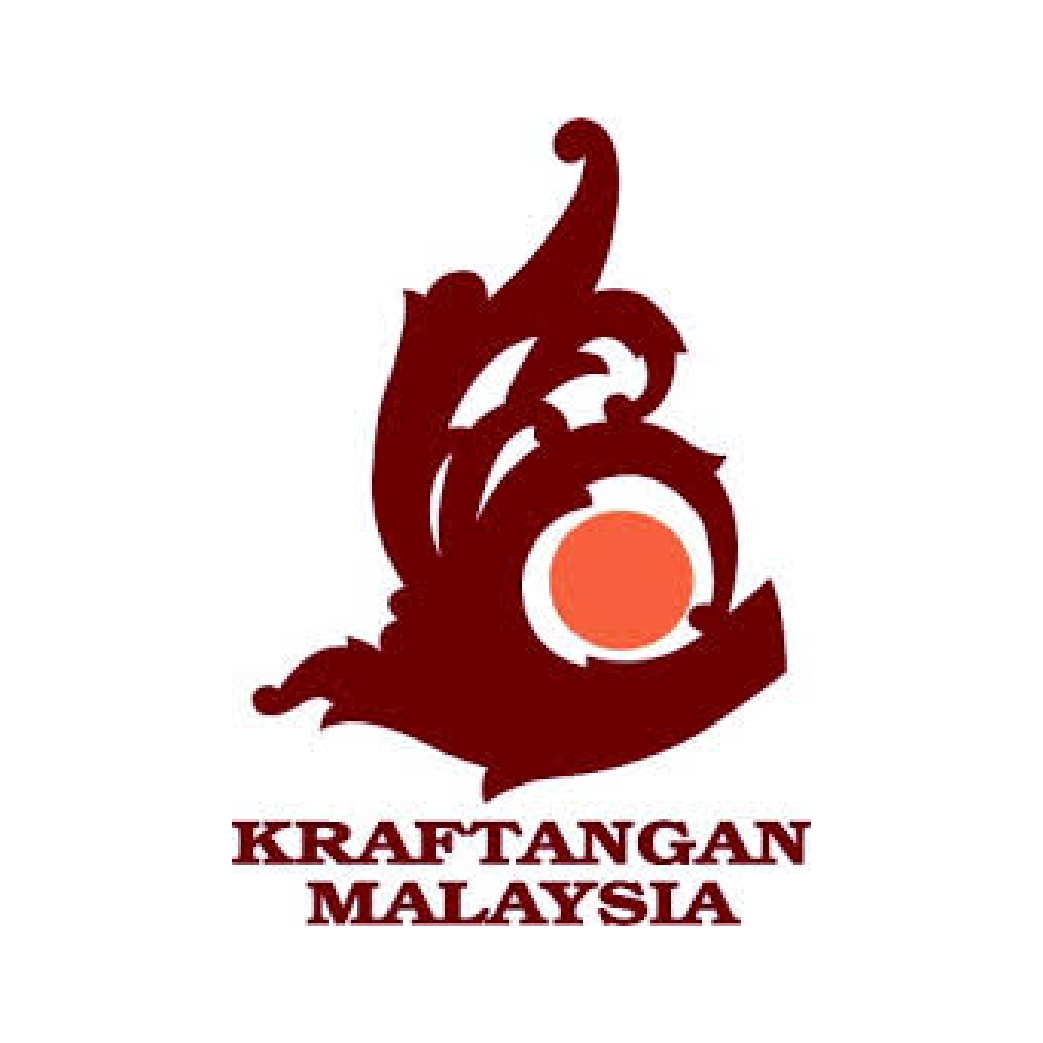- New Straits Times Online

12 Malay classical dances will be showcased by Aswara dancers and lecturers
MALAY classical dances take centrestage for the first time for the National Academy of Arts, Culture and Heritage’s (Aswara) Dance Faculty with Persembahan Malam Tarian Klasik Melayu.
"It is an effort to portray the array of Malay classical dances that can be found in Malaysia, such as Terinai, Layang Mas, Ketam Bawa Anak, Joget Gamelan, Mengadap Rebab, Asyik and a few others,"says dance lecturer and dancer Mohd Nur Faillul Adam.
To be presented as a production under the Panggung Seni Tradisional 2019 programme organised by the National Department for Culture and Arts (JKKN) at the Malaysia Tourism Centre (Matic), the upcoming show features 70 Aswara dancers.
These are individuals comprising students, graduates and lecturers, who will be showcasing their various talents for the Sept 27-28 weekend shows.
Under the artistic direction of Norsafini Jafar, the Dance Faculty dean at Aswara, a dozen Malay traditional dances will be performed, including the Joget Gamelan.
"This dance was reconstructed from the version done by Suktra, a Terengganu state performing arts group who perform this dance regularly as part of its repertoire," explains Faillul.
According to historical accounts, the Joget Gamelan came under the patronage of the royal court of Terengganu way back in 1913, following its introduction in the Pahang court from the Riau-Lingga region.
The dance then lost its palace patronage by the time of the Second World War, and was not performed until heritage historian and archivist Tan Sri Mubin Sheppard located, in 1966, a gamelan instrument set inside of the Istana Kolam in Kuala Terengganu. His seminal work on the arts and crafts of then Malaya led to the reintroduction of gamelan music into the Terengganu royal court.
Music was an integral part of the joget, as played on the gamelan.
Other must-see dances are Ceracap Inai, which is originally from Johor and performed with candles and 'bunga emas' which symbolise peace and harmony, as well as Asyik. The latter dance form is performed in the Kelantan palace, and the dancers then were palace damsels or dayang-dayang.
According to history as stated in Hikayat Patani, Raja Kuning, who ruled Patani in 1644, kept a troupe of 12 palace dancers and called them Asyik.
The Unesco-recognised Makyung, from the state of Kelantan, and the Perlis Silat/Terinai will also be showcased during the traditional dance extravaganza.
Usually performed during royal weddings during the days of old, Terinai was first called Tarian Gendang Keling, according to Dr Zamin Haroon also known as Chandrabanu, renowned Indian classical dancer.
The personality was invited to Aswara to give the dancers as well as all those involved in the production an in-depth knowledge and awareness about the dance.
In fact, the Sept 27 showcase is preceded by workshops for the public to learn and get a better understanding of the various facets of these Malay classical dances.
The series of workshops will be held on Sept 23 and 24 at Matic.
Says Faillul about the rehearsals for the shows: "The dancers must learn the ethos of these dances, and that is a very tough aspect. When these dances were taught long ago, the performers had to start training when young because of the aesthetics, understanding and movements which were very strict in their execution.
"We, at the Dance Faculty, started with our workshops for the show a few months before the production and brought in Zamin, as well as Zaharah Hamid, Norsiah Yatim, Sharifah Mahani (Mak Ngah), Majid Rawino and Tharuwat Ismail Bakti.
"They gave us the chance to not only learn dances not in our academic syllabus but also from the pioneers of the dances themselves," he says.
The Sept 27 weekend showcase promises to be both educational, eye-opening and entertaining as well.
https://www.nst.com.my/lifestyle/groove/2019/09/519102/showbiz-traditional-malay-dances-fore



 bm
bm  en
en 























